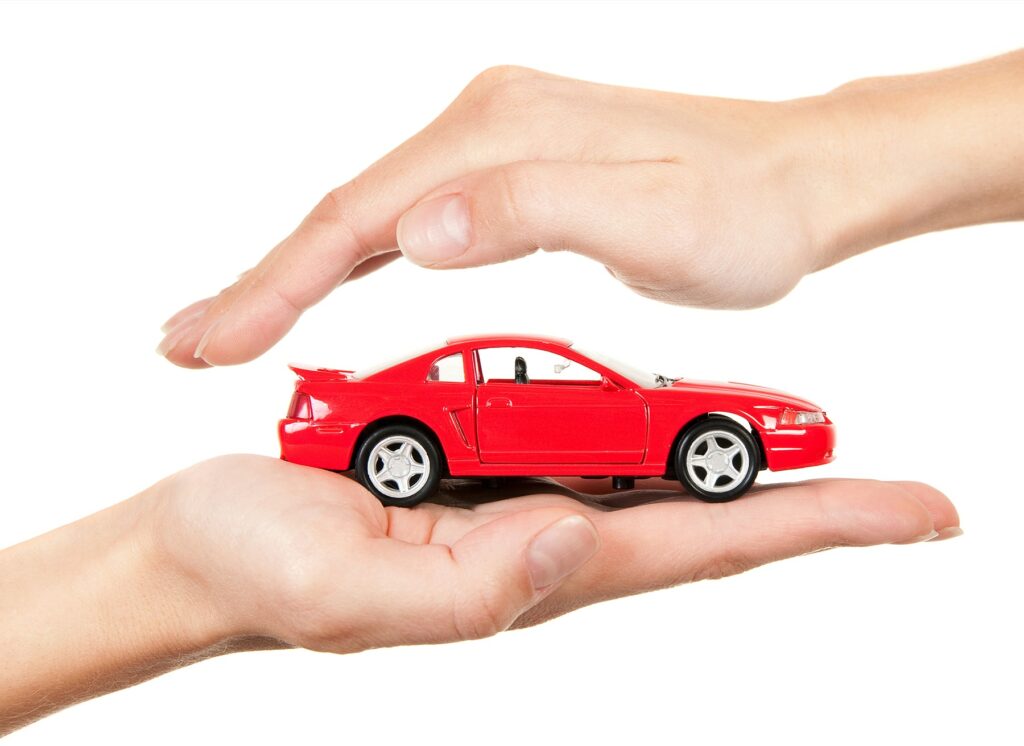What does Car Insurance Liability Cover?

Car insurance Liability coverage is a form of Automobile insurance that provides protection for drivers that get in trouble or responsible for damages while driving. There are two components of automobile liability insurance: bodily injury and property damage. Bodily Injury liability is car insurance coverage that covers injuries that drivers cause to other people and passengers in an accident. This form of policy covers medical expenses, legal fees and funeral costs in some cases. Bodily injury coverage limit is the maximum cost of your car insurance policy that would pay in a covered claim. Property damage generally covers payment in repairing the damages you cause to another party’s vehicle or property. However, property damage liability does not cover the damages of your own car. You might want to consider purchasing additional coverage much like collision and comprehensive coverage that can help cover the cost of the damages of your vehicle.
Most states like California require a certain amount of liability insurance or at least have the minimum coverage for your insurance. The coverage types and amounts vary from state to state. In California, the minimum amount of property damage liability and bodily injury protection is a requirement. Think of liability insurance as the top for auto coverage.
In California, it is mandatory to carry a minimum amount of liability insurance. However, it’s still a good idea to carry more than a minimum. In any amount that exceeds your liability coverage limits is already under your obligation, shortly you have to pay it using your own money. On the other hand, it’s a good move to increase your auto liability limits. For example, an accident appeared and 3 people had an injury due to the accident. Each of them has a medical cost of $50,000 but the liability coverage limit you have is only $100,000. In that case, you will pay the remaining $50,000 out of your own pocket.
1. Liability Insurance Coverage Limits
The cost your insurer will pay for a covered liability insurance claim all depends on the coverage limits you’ve chosen. Different states lay minimum coverage limits for bodily injury and property damage that car owners or drivers must purchase. You also have an option to purchase additional coverage.
2. Property Damage Liability
This is the maximum amount that your insurer will pay to repair the damages you cause to another party’s property. Generally, it covers the cost of repairs if you are at fault in a car accident that damages another vehicle. Property damage usually does not cover damages of your own vehicle. You might want to consider getting additional coverage such as collision coverage, to help you cover the expenses repairing your own vehicle.
3. Bodily Injury Liability Limit per Person
This insurance coverage helps you to pay for any damages you caused to other drivers. Most of the states like California are requiring minimum limits of the coverage to show your financial responsibility on the road. Each state mandates a minimum amount of coverage for your auto insurance. The most common Bodily Injury limit is $15,000 per person.
4. Bodily Injury Liability Limit per Accident
This coverage will help you cover all the medical expenses to others, due to the accident that you cause. Laying an amount of limit that you might need in paying for medical expenses is necessary. The most common Bodily Injury limit is $30,000 per accident.
1. Liability Insurance Coverage Limits
The cost your insurer will pay for a covered liability insurance claim all depends on the coverage limits you’ve chosen. Different states lay minimum coverage limits for bodily injury and property damage that car owners or drivers must purchase. You also have an option to purchase additional coverage.
2. Property Damage Liability
This is the maximum amount that your insurer will pay to repair the damages you cause to another party’s property. Generally, it covers the cost of repairs if you are at fault in a car accident that damages another vehicle. Property damage usually does not cover damages of your own vehicle. You might want to consider getting additional coverage such as collision coverage, to help you cover the expenses repairing your own vehicle.
3. Bodily Injury Liability Limit per Person
This insurance coverage helps you to pay for any damages you caused to other drivers. Most of the states like California are requiring minimum limits of the coverage to show your financial responsibility on the road. Each state mandates a minimum amount of coverage for your auto insurance. The most common Bodily Injury limit is $15,000 per person.
4. Bodily Injury Liability Limit per Accident
This coverage will help you cover all the medical expenses to others, due to the accident that you cause. Laying an amount of limit that you might need in paying for medical expenses is necessary. The most common Bodily Injury limit is $30,000 per accident.
Protecting your vehicle from damages that are caused by natural disasters like a storm, hurricane or falling objects all accident not other than collision is not under liability insurance. Auto owners may also purchase comprehensive insurance and collision insurance. Comprehensive insurance will help you by covering the expenses for replacing or repairing your car if it’s damage from fire, vandalism or falling objects, for example, a tree or hail. Collision insurance will help you cover the repair and replacement if the accident is with another vehicle or object. These two forms of insurance are optional for vehicles that are already fully owned.
Umbrella insurance is also known as excess liability insurance. This is an additional form of liability coverage and not a requirement by the law, but generally, it provides a much higher limit than your standard policy. Umbrella policy only covers those cases that you are legally responsible for another party’s damages. You can only purchase an umbrella policy if you already have a policy for your home or auto. If you purchase umbrella insurance from the same insurance company that provides your home and auto insurance, the premium might be less expensive.
An umbrella insurance policy provides coverage for liability. For example, in the event, an accident occurs in your home or in a car accident and someone had an injury, and you are the one liable for it. In those circumstances, you are responsible for the expenses for the damages that you cause. Most expenses are for medical bills or repairs for damages that occur during the accident. Umbrella policy typically covers the following:
- Other’s medical bills, like cost for the injury treatment
- Other party’s funeral
- Lawsuits involving slander/ defamation
- Your legal defense costs
- Tenant Injuries/ property damage by the tenant if you’re a landlord.
Third-party insurance is a form of insurance policy that provides protection from claims of another. Basically, this form of insurance protects yourself against the actions of another person. Third-party insurance is a form of liability insurance that you can purchase by an insured from an insurer, for protection against the claims of another. The first party is accountable for the damages or losses, no matter the cause of those damages. There are two forms of third-party liability coverage. Bodily injury provides coverage for the costs resulting from injuries to a person. These injuries costs can include the expenses more likely hospital bills, lost wages, and pain and suffering due to the accident. There is also property damage that cover costs resulting from damages or a loss property.
Financial responsibility law is supervision that is a requirement for an individual or for businesses to attest that they can pay the damages in an accident. 50 states have financial responsibility laws. Financial responsibility laws do not require an individual to have insurance coverage. It is more likely the law requires an individual or a business to be able to show the financial capacity to cover the full amount of the damages, regardless even if they are not at fault.




